1. Giant Freshwater Stingray
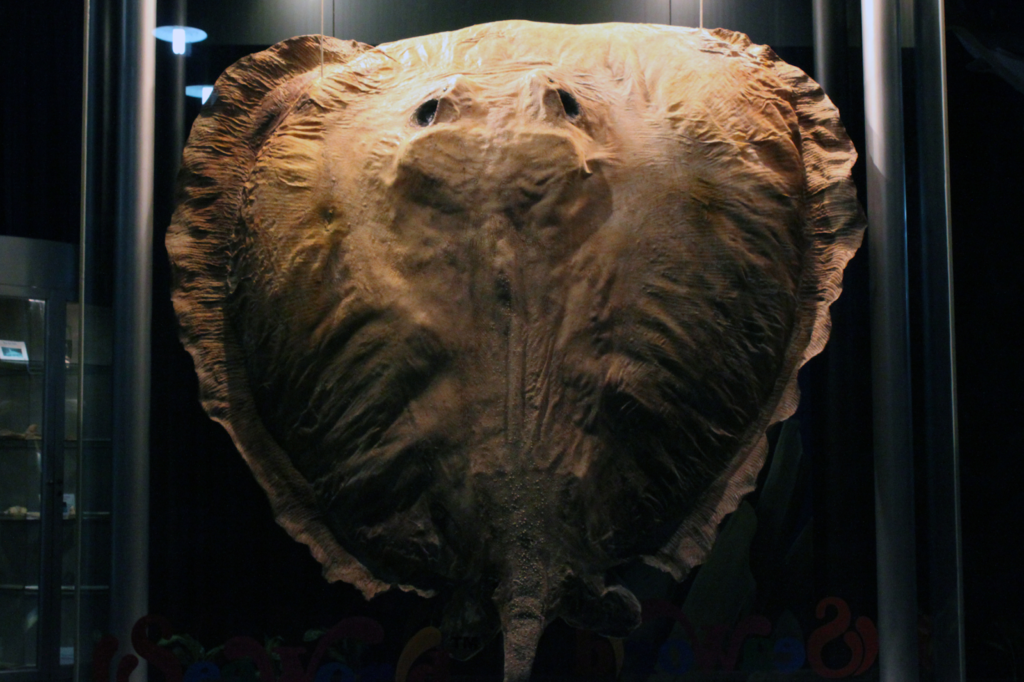
Wikimedia Commons
Native to Southeast Asia, the giant freshwater stingray is one of the largest stingray species, with some individuals reaching an astounding 16 feet in width. Known for their immense strength and powerful, venomous tails, these rays are capable of delivering a sting that can cause excruciating pain or even death in humans. Preferring to remain hidden in riverbeds, they use their stealth to ambush their prey, making them formidable hunters in their environment. Although encounters with humans are relatively rare, their sheer size, strength, and venomous sting make them a potential danger when accidentally disturbed. The giant freshwater stingray’s ability to remain out of sight adds to its threat, as an unsuspecting human may be too close before realizing its presence.
2. Greater Weever Fish

Animalia
The greater weever fish, found in coastal waters around Europe, is a deceptively dangerous creature. It hides itself in the sand with only its venomous spines visible, making it difficult to spot and avoid. If stepped on, the fish delivers a painful sting that can cause intense swelling, nausea, and, in rare cases, paralysis. The venom from the spines affects the nervous system, causing excruciating pain that can last for hours. While greater weever fish are not naturally aggressive, they rely on their venomous spines as a defense mechanism against predators. For anyone venturing into coastal waters, particularly in shallow areas, it’s important to be cautious and watch where you step, as encountering one of these hidden predators can result in a painful and potentially dangerous sting.
3. Brazilian Wandering Spider

Flickr
Known as the “banana spider,” the Brazilian wandering spider is one of the most venomous spiders in the world. Native to South and Central America, this highly aggressive arachnid is infamous for its habit of leaving its hiding place and roaming at night, often searching for prey. The spider’s venom contains a potent neurotoxin that can cause paralysis, intense pain, and, in severe cases, death. One of the more bizarre effects of its venom is its ability to induce a painful and long-lasting erection in males, adding to the spider’s peculiar reputation. The Brazilian wandering spider’s large size and tendency to approach humans when disturbed make it especially dangerous. Due to its nocturnal and unpredictable nature, this spider is best avoided, as its venomous bite can result in serious health complications without prompt medical treatment.
4. Cone Snail
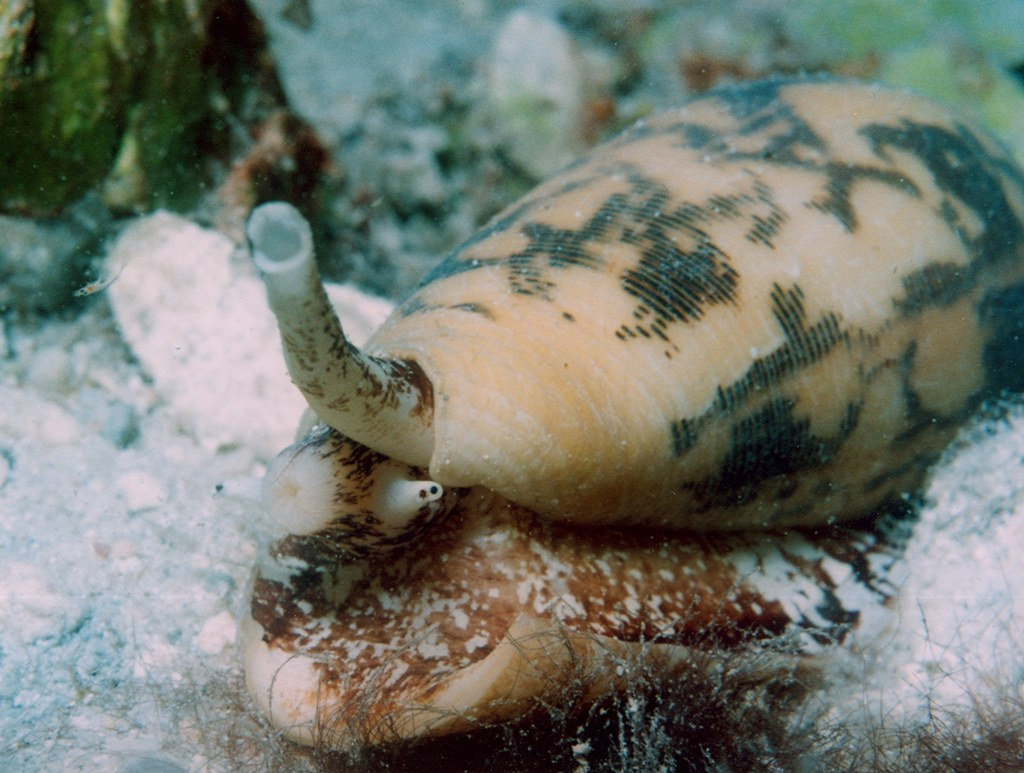
Flickr
The cone snail, particularly the geographic cone snail, may appear to be a harmless sea creature, but it hides a deadly secret. Found in the warm waters of the Indo-Pacific region, this snail is equipped with a specialized harpoon-like tooth that delivers a potent venom capable of paralyzing or even killing its prey—and humans. The venom contains a complex mix of toxins that attack the nervous system, leading to paralysis, respiratory failure, and in extreme cases, death. Despite their attractive, colorful shells, these snails are incredibly dangerous. A sting from a geographic cone snail can result in death within a few hours if not treated immediately, making them one of the ocean’s most formidable and lethal predators.
5. Pygmy Golden Mongoose
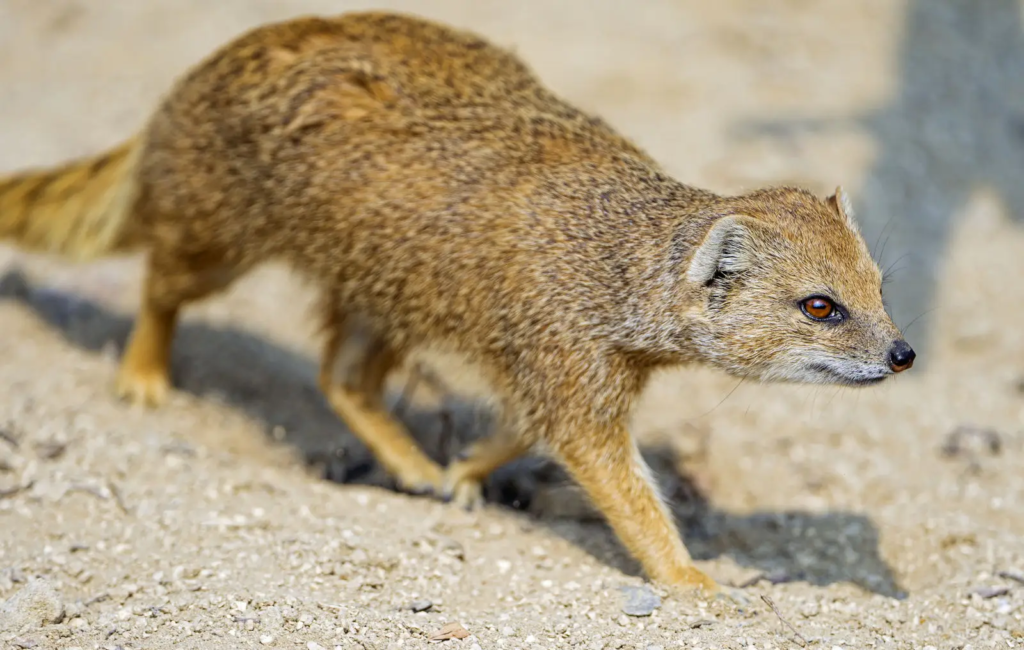
Animalia
The golden mongoose, though it may appear as a small and harmless mammal, is a highly skilled and venomous hunter. Native to South and Southeast Asia, this elusive creature has evolved to prey on a variety of animals, including venomous snakes. The mongoose’s venomous bite delivers a cocktail of potent toxins that can quickly paralyze its prey, making it easy for the mongoose to overpower and consume. Despite their small size and unassuming nature, pygmy golden mongooses can pose a danger to larger animals and even humans. Their venom can cause intense pain, swelling, and in rare cases, even death, making them a formidable predator in their ecosystem.
6. Bull Shark

Flickr
The bull shark is widely regarded as one of the most dangerous sharks due to its aggressive nature and its remarkable ability to thrive in both saltwater and freshwater. These formidable predators can be found in a range of environments, from rivers and lakes to coastal regions around the world, making them a unique and unpredictable threat. Bull sharks are responsible for a significant number of shark attacks on humans, largely because of their aggression and willingness to swim in shallow waters. They are not only fast and powerful hunters, but they also excel at navigating murky, freshwater river systems, where many other shark species cannot survive. This ability to adapt to a variety of habitats, coupled with their aggression and speed, makes bull sharks particularly dangerous to unsuspecting humans.
7. Stonefish

Flickr
The stonefish, found in the coastal waters of the Indo-Pacific, is considered one of the deadliest fish on the planet. Its venomous spines are cleverly concealed beneath its rough, rocky, and camouflaged exterior, making it almost impossible to spot, even for experienced divers. When stepped on, a stonefish can deliver a potent sting that causes excruciating pain, paralysis, and even death if medical attention is not administered promptly. The venom attacks the nervous system, and while antivenom is available, it’s often difficult to access in time. Despite their slow-moving and seemingly harmless nature, stonefish are highly effective at defending themselves when disturbed, posing a serious danger to anyone who isn’t cautious in their environment.
8. Mantis Shrimp
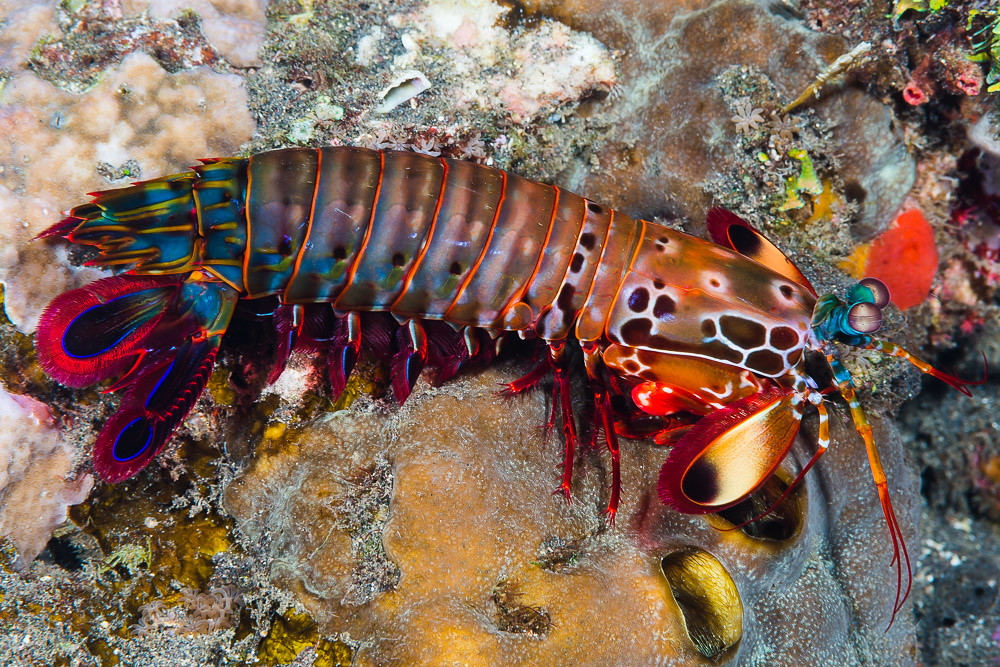
Flickr
The mantis shrimp may appear to be a vibrant and harmless sea creature, but it is one of the most dangerous animals in the ocean. This small yet incredibly fierce predator is renowned for its extraordinary punch, which strikes with the speed of a bullet and generates enough force to break through glass aquarium walls. Mantis shrimp use their specialized appendages, either a “club” or “spear,” to smash the shells of crabs, mollusks, and other prey, often with deadly precision. In addition to their physical prowess, mantis shrimp have some of the most advanced eyes in the animal kingdom, capable of detecting ultraviolet light and seeing polarized light. This gives them an almost superhuman ability to spot prey and threats from a distance. With such speed, strength, and advanced vision, mantis shrimp are among the ocean’s most formidable and dangerous hunters.
9. Venomous Slow Loris

Wikimedia Commons
The slow loris, a small primate native to Southeast Asia, may appear cuddly and harmless, but it is a deceptively dangerous animal. Despite its gentle appearance, the slow loris has a venomous bite that can cause severe allergic reactions, paralysis, and even death in humans. The venom is secreted from glands located in the elbows, and when the loris licks its fur, the toxins are transferred to its mouth. If threatened, the slow loris will bite its attacker, delivering the venom, which can cause intense pain and other serious effects. These primates are rare and endangered, yet their slow, deliberate movements and venomous defense mechanism make them a threat if provoked. Though they tend to avoid human interaction, anyone who encounters one should be cautious, as their bite can be unexpectedly dangerous.
10. Taipan Snake
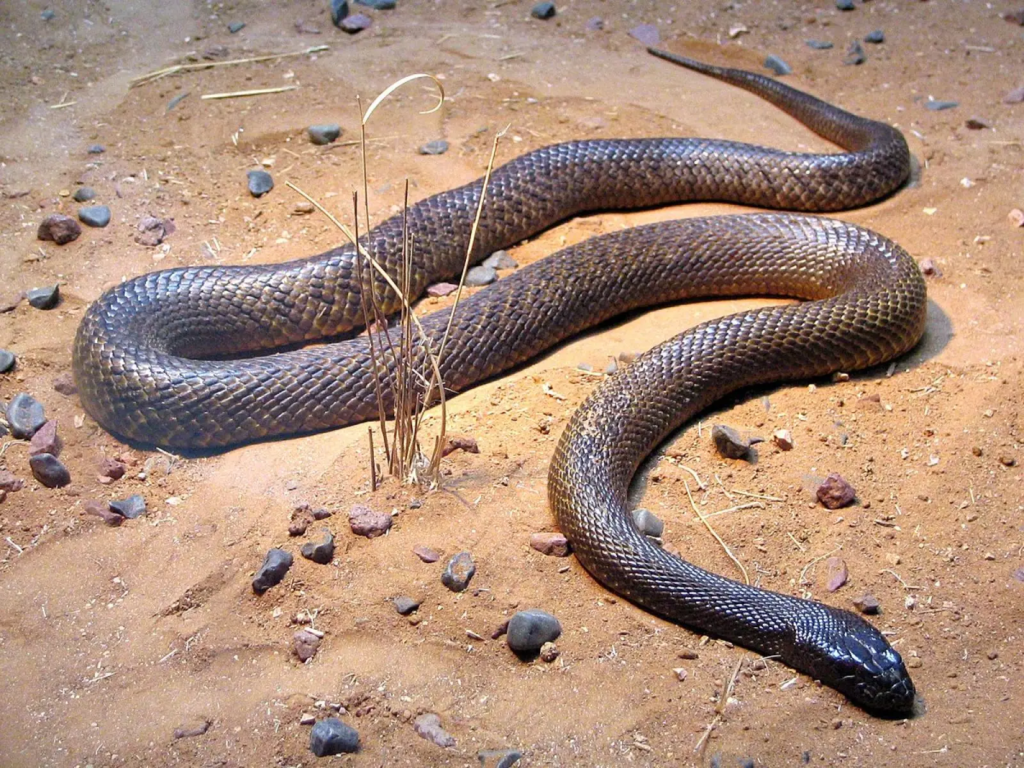
Animalia
The taipan snake, especially the inland taipan, holds the title of the most venomous snake in the world. Native to Australia, this elusive reptile’s venom is more than 50 times as toxic as that of a cobra, and it can kill a human in less than an hour if left untreated. The venom of the inland taipan is a potent cocktail of neurotoxins and hemotoxins that causes paralysis, internal bleeding, and organ failure, leading to death if proper medical intervention isn’t administered swiftly. Despite its lethal potency, the inland taipan is extremely reclusive and rarely encountered by humans in the wild. However, its venomous bite and the speed at which it acts make it one of the most feared snakes on the planet, and its venomous reputation only adds to the danger it poses.
11. Northern Alligator Lizard
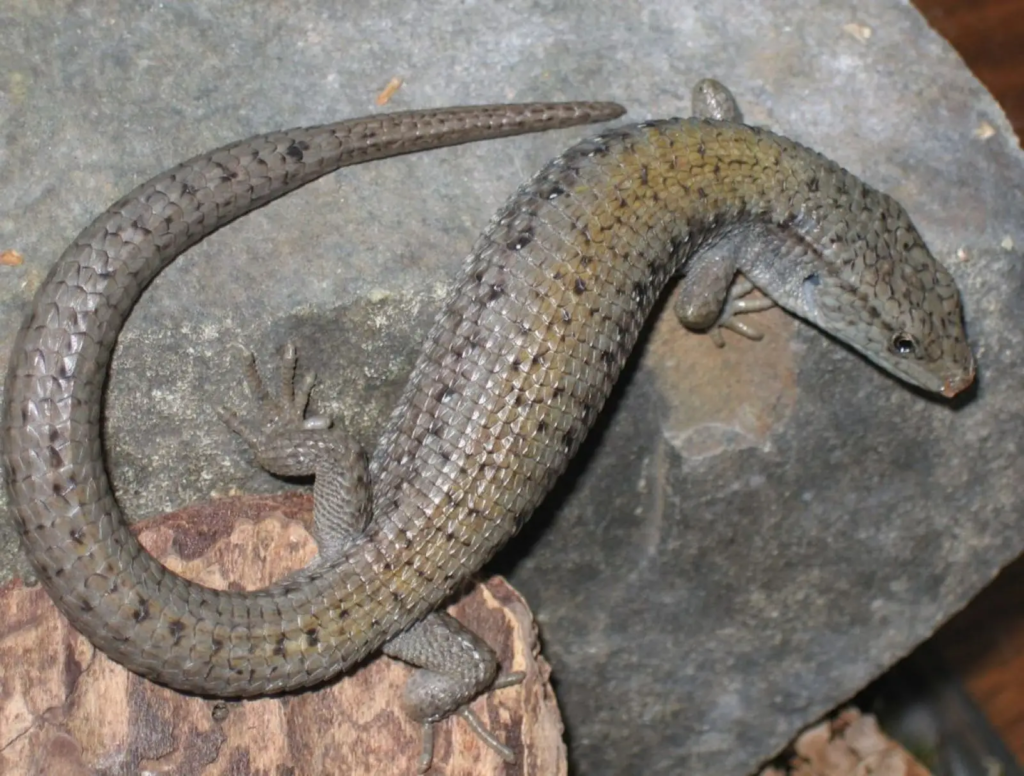
Animalia
Found in the southwestern United States, the northern alligator lizard may seem harmless at first glance, but its bite can pose serious risks. While not venomous, the lizard’s sharp teeth and powerful jaw muscles make its bite both painful and potentially dangerous. If not properly treated, the bite can lead to infections due to the bacteria present in the lizard’s mouth. These lizards are excellent hunters, preying on insects and small vertebrates, and they are known for their aggressive defense when threatened. With quick reflexes, the ability to climb trees, and a knack for evading capture, northern alligator lizards are not easy to corner. Their bite should be approached with caution, as it can cause significant discomfort and potential complications if not properly handled.
12. Hippopotamus

Flickr
Though they may appear docile and sluggish, hippopotamuses are among the most dangerous animals in Africa. Their massive size, combined with an aggressive nature and strong territorial instincts, makes them incredibly unpredictable. Hippos are often found in water, but they are capable of moving at surprising speeds on land, reaching up to 30 miles per hour. Known for charging at boats, vehicles, and even humans, they are responsible for more human deaths in Africa than any other large animal. Despite being herbivores, hippos are highly territorial and will fiercely defend their space from perceived threats. Their powerful jaws and swift movements make them particularly dangerous, and their unpredictable behavior in the wild makes them a serious risk to anyone who gets too close.
13. Golden Poison Dart Frog

Flickr
The golden poison dart frog, a small and vibrantly colored amphibian found in the rainforests of western Colombia, is one of the most toxic creatures on Earth. Its skin secretes batrachotoxin, a potent neurotoxin that can be fatal if touched or ingested. This toxin affects the nervous system, leading to paralysis or even death. The frog’s brilliant yellow color serves as a clear warning to predators, signaling its lethal nature. Interestingly, frogs raised in captivity without access to the specific insects that provide the toxin are harmless. Despite their small size, these frogs pack a deadly punch, making them one of the most dangerous species in their ecosystem. Approaching them without caution can be deadly, and they should be admired from a safe distance.
14. Komodo Dragon
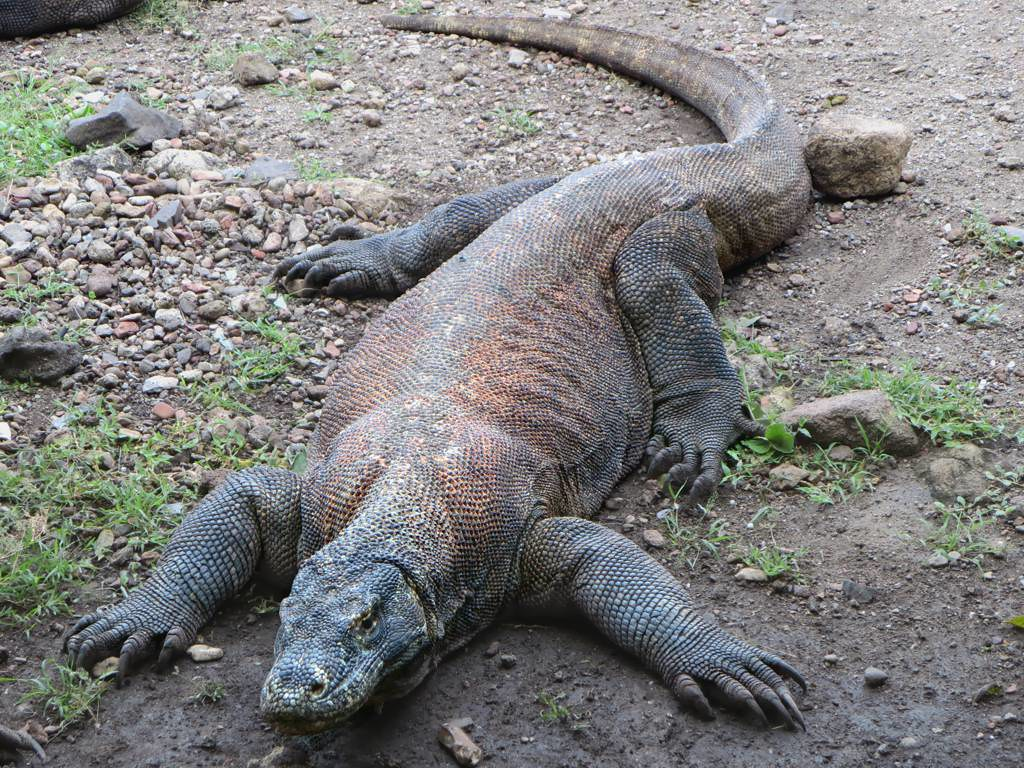
Flickr
The Komodo dragon, the world’s largest lizard, is a formidable and dangerous predator. Native to the Indonesian islands of Komodo, Rinca, and Flores, these massive reptiles can weigh over 300 pounds and use their impressive speed to ambush prey. While once believed to be dangerous due to bacteria in their mouths, it is now understood that Komodo dragons actually possess venom that prevents blood clotting, causing rapid blood loss and making their bites even more lethal. Capable of taking down large animals like deer and water buffalo, these reptiles are incredibly powerful hunters. They are also highly territorial and will become aggressive if threatened, making them a serious danger to anyone who gets too close. With their size, venomous bite, and aggressive nature, Komodo dragons are not to be underestimated in the wild.
15. Marbled Cone Snail
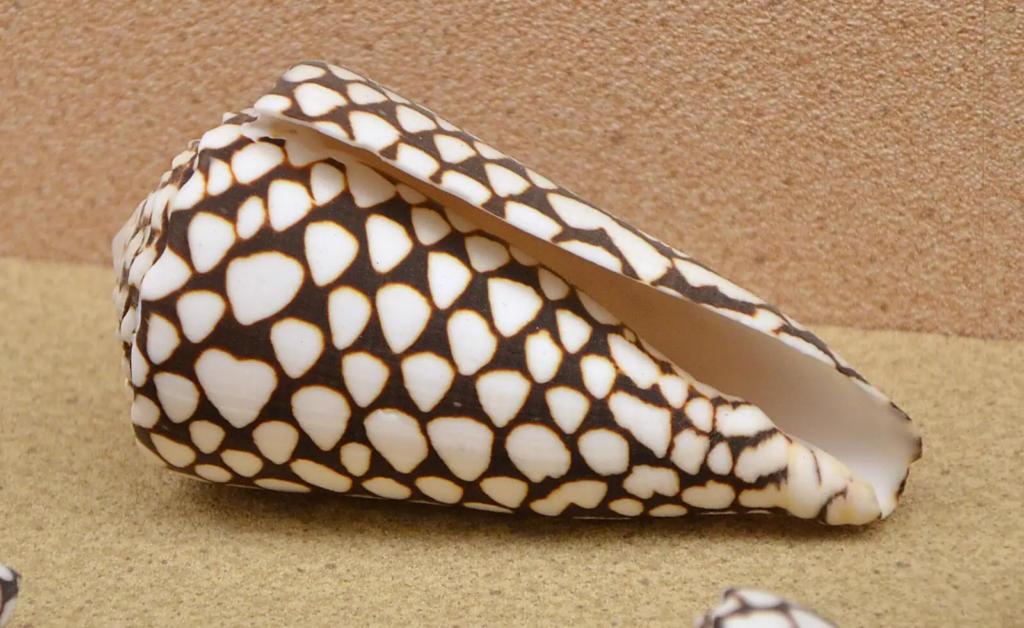
Animalia
The marbled cone snail is another species of cone snail with a powerful venomous sting. Found in the Indo-Pacific region, this snail’s venom is designed to immobilize and kill its prey quickly. The venom contains a cocktail of toxins that affect the nervous system, leading to paralysis. Though they are small, these snails are highly effective predators that use their harpoon-like tooth to inject venom into their prey. When provoked, the venom can also affect humans, causing severe reactions or death without immediate treatment.
16. Great White Shark

Wikimedia Commons
The marbled cone snail, a species native to the Indo-Pacific region, is a small but deadly predator. This snail’s venomous sting is designed to quickly immobilize and kill its prey, which consists of small fish and other marine creatures. The venom contains a potent cocktail of neurotoxins that disrupt the nervous system, leading to paralysis and, in some cases, death. Despite their size, marbled cone snails are highly effective hunters, using a harpoon-like tooth to inject venom into their prey. When provoked, their venom can also affect humans, causing severe reactions such as paralysis, respiratory failure, and potentially death without immediate medical intervention. Though encounters with these snails are rare, their potent venom makes them one of the most dangerous sea creatures in the region.
17. Piranha

Animalia
Piranhas, small yet ferocious fish found in the rivers of South America, have earned a notorious reputation due to their sharp teeth and aggressive behavior. Often depicted as bloodthirsty predators, piranhas can become highly dangerous when they are in large schools, especially if food is scarce or they feel threatened. Though individual piranhas are not typically a threat to humans, their powerful jaws can tear through flesh with startling speed, making them formidable hunters when they work together. While attacks on humans are rare, they have been known to occur, particularly in the dry season when food is limited. In these conditions, piranhas are more likely to become aggressive, and caution should be exercised when swimming or fishing in piranha-infested waters. Their sharp teeth, swift movements, and school mentality make them a force to be reckoned with in the wild.
18. Tasmanian Devil

Wikimedia Commons
The Tasmanian devil, an iconic marsupial native to Tasmania, is famous for its aggressive behavior and bone-crushing jaws. Despite their relatively small size, these creatures can inflict serious injuries with their powerful bite, making them formidable in the wild. Known for scavenging and feeding on carrion, Tasmanian devils are also highly territorial and will fiercely defend their space. Their high-pitched screams and aggressive fighting behavior, often seen when they compete for food or mates, further enhance their fearsome reputation. Though they are not typically a direct threat to humans, their sharp teeth and territorial instincts make them dangerous when provoked or cornered. With their powerful bite and unpredictable nature, the Tasmanian devil should not be underestimated in its natural habitat.


